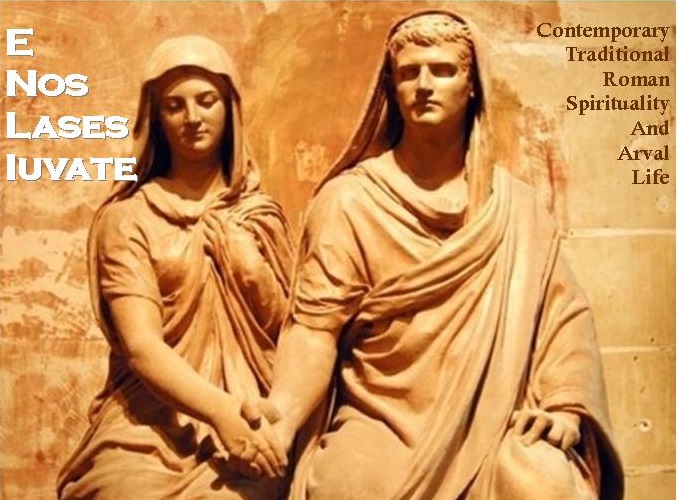The signs' observation and understanding is a particularly difficult moment requiring a clear, precise and specific awareness. It is easy to fall into superstition. In brief, signs' perception implies deep meditation and reflection, awaking this awareness about signs and signals coming from Nature.
Of course, everyone is free to feel these signs and how feel these signs: Tradition can however provide us with some useful indications. Some birds (aves augurales) can provide valid signs.
Tradition distinguishes these birds into alites (providing signs with their flight) and oscines (providing signs with their call): among these Tradition evidences the crow, the rook, the owl and the magpie.
Birds can provide favorable as well as unfavorable according to:
Of course, everyone is free to feel these signs and how feel these signs: Tradition can however provide us with some useful indications. Some birds (aves augurales) can provide valid signs.
Tradition distinguishes these birds into alites (providing signs with their flight) and oscines (providing signs with their call): among these Tradition evidences the crow, the rook, the owl and the magpie.
Birds can provide favorable as well as unfavorable according to:
- for the alites: sky region, flight's height and type, behaviour, place where they perch;
- for the oscines: tone, call direction
Impetrativa sings may imply relatively few problems because they are fundamentally requested signs. More problems are linked to signa oblativa which are self-manifested, with no direct and voluntary request.
Tradition classifies these signs into:
Tradition classifies these signs into:
- signa ex caelo (thunder and flash)
- signa ex avibus (signs from birds)
- signa ex tripudiis (signs from the sacred chickens)
- signa ex quadrupedibus (signs from dogs, horses, wolves and foxes)
Tradition identifies also the signa ex diris, threatening signs.
Dissonance and lack of harmony with the Divine can be manifested through negative signs classified as follows:
Dissonance and lack of harmony with the Divine can be manifested through negative signs classified as follows:
- prodigium, ostentum e portentum (negative phenomena of inanimate nature)
- monstrum e miraculum (negative phenomena of animate nature)
